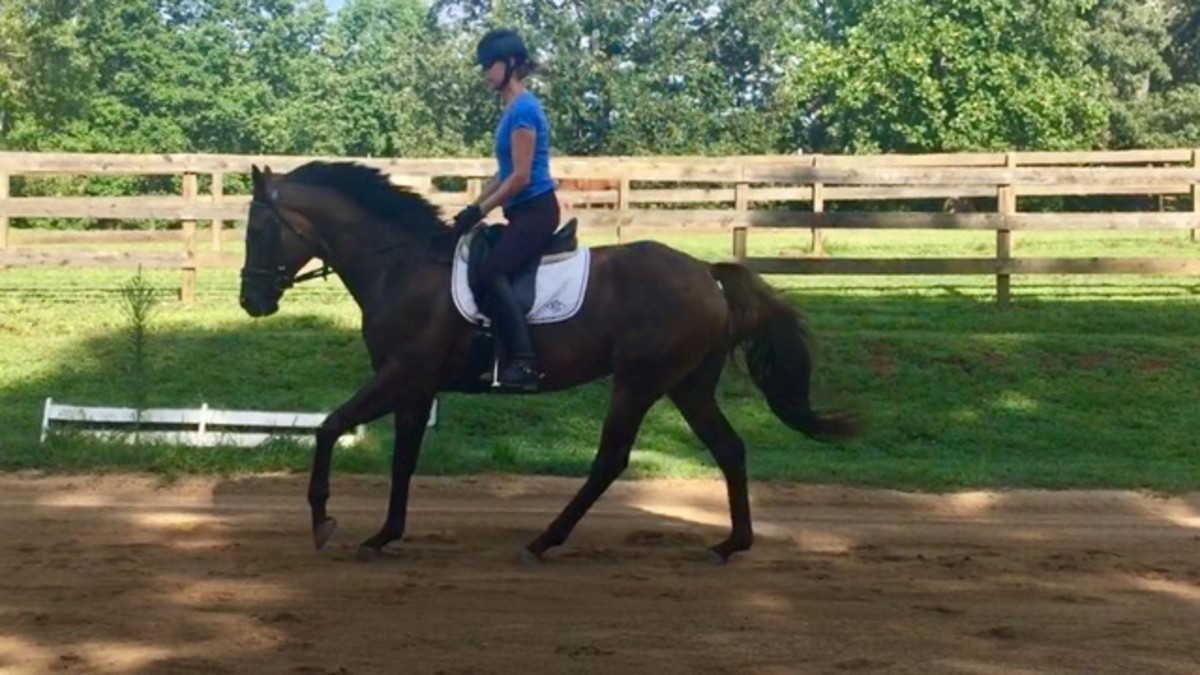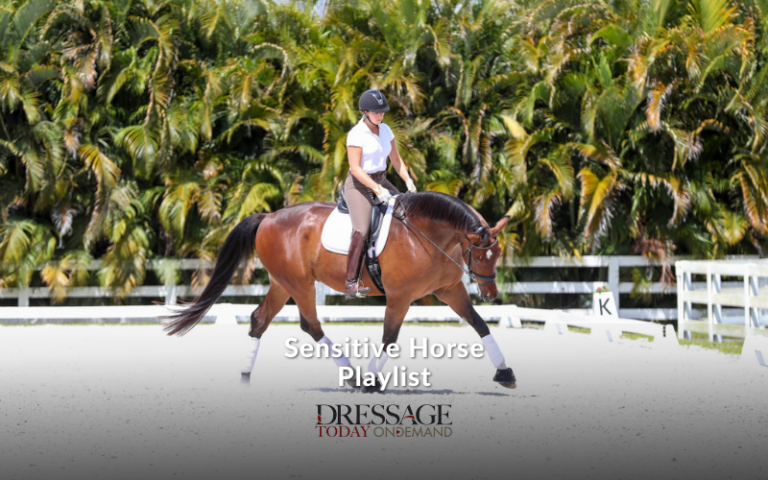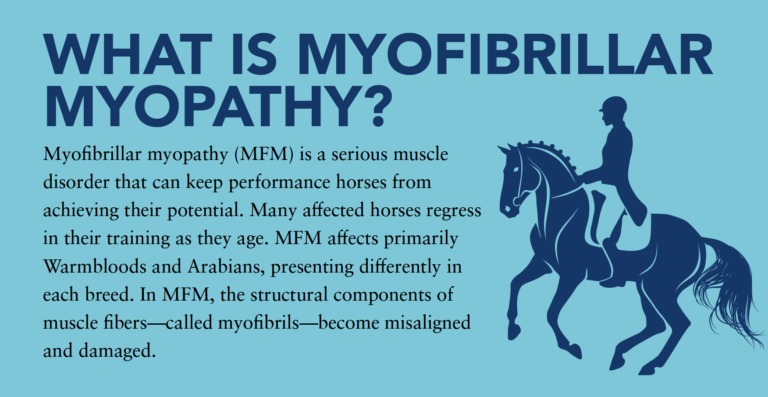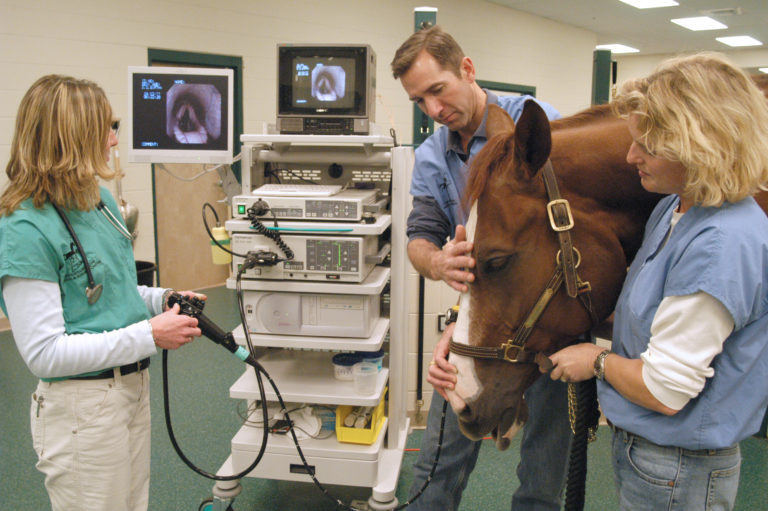I’ll miss Voodoo when he leaves in a couple of weeks!
(To read more about Voodoo, click here and here.)
He’s been a fascinating project and while much of his work has been rudimentary (go/stop/turn), and taken a helluva lot of leg to persuade him to give in his ribcage and bend around each leg, he has come a very long way in a short period of time. His earnest commitment to willingness has resulted in my looking forward to tacking him up each day. What began as a stiff plank on four legs with a rigid racetrack mouth has become a truly enjoyable and supple riding horse.

It was time constraints that put him on the back burner as Tommy and Charlotte relocated to their lovely new farm. No surprise then that Voodoo was quite lacking in the stamina department. It was all he could do to maintain a couple of 20-meter circles in canter without breaking into trot.
And so his training schedule, like every other horse in my barn, incorporates hacking out into the rolling fields for a bit of hill work. Horses, especially youngsters like Voodoo, need regular changes of scenery otherwise the dressage court begins to signify drudgery to them. Plus, if you think about it, you can’t really achieve peak fitness in a flat arena—I don’t care how many transitions you ride. Using uneven terrain has enormous training benefits as well.
For example, nothing teaches Voodoo to shift into park with his hocks deeply beneath him more than halting while walking down hill. I throw in three or four of these in a row. It really helps him tune into my seat and tuck in that bum!

I tend to do most hill work at a walk because horses are smart and can figure out how to pull themselves up a hill on their forehand, thereby getting out of working their hind end. So when I do pick up the trot, I make sure Voodoo is really swinging over his back and using himself. For this reason I never just mount up and head straight into the field. I spend a good 15 minutes in the arena warming up at the walk doing quite a bit of suppling: spiraling in and out of a circle, ’swinging voltes’ (a walking turn-on-the-forehand on a volte) and leg yields. Then when I feel my horse is soft, supple and on the aids, out we march into the field so that neither soft tissue or joints are stressed as we begin our strength training.

The icing on the cake is the benefit of hacking out for the rider. It gives us the opportunity to commune with our horse, to enjoy being out in the elements together, surrounded by the wonder of nature. In short, it reminds us why we began riding in the first place. We didn’t learn to ride because we wanted to rush out and earn medals, we learned to ride because we felt that all consuming passion for horses, that sense of freedom, trust and friendship that only they can offer. What joys are on tap for us once we exchange the sand for grass!












